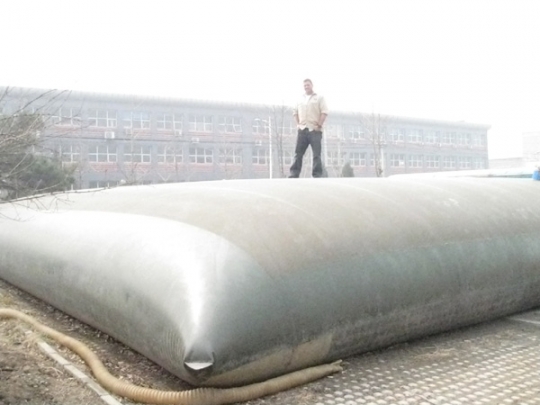It is a very well known fact that any life, irrespective of human beings or animals, is not possible without water. Water is such an essential part of our life that it is impossible to imagine a life without water for even a single day! This makes it evident that the water is of immense importance and should be used and stored with proper care.
Water is the most common thing amongst people and this is the reason they start sharing facts about it without any proof. This gives birth to a lot of myths related to water, its usage and storage, especially for the Flexi Make Water Bladders. So, let us brief you with some of the myths associated with water storage and throw light upon the same!

5 Water Storage Myths to Avoid
Myth 1: Water Expires
To be very honest, water does not have an expiry date at all. Water remains water, irrespective of the time duration. However, water does not retain the same purity which was before or at the time of storing the water. It can become contaminated chemically and biologically which is not good for our health if consumed. You can store water as long as you want for other purposes.
Myth 2: Plastic Containers are Safe to Store Water
This is not true at all. If you will use any plastic container of your house to store water, chances are that the water will get contaminated. If at all you have to use a plastic for storing water, make sure that it is a food grade plastic container, a metalized bag, and UV resistant.
Myth 3: You Don’t Need a Filter against Water Purifier
Your water purifier comprises of chlorine dioxide which has the ability to kill almost entire microorganisms like viruses, bacteria, protozoa etc in the water. However, water purifiers alone are not sufficient enough to remove any kind of dirt, silt, chemicals etc from the water. For this, you need a water filter. So, it is highly advised to use the both together, especially if you are going to drink that water.
Myth 4: Water Should be Treated Before Storage
This is not true as there is no need for treating the water before storing it. The tap water is already treated enough to make sure it is safe to store directly. We are not saying that it is not a wise decision to treat the water before storing but there is no need to do the same. Moreover, even if you treat the water, it will not prevent the formation of microorganisms over a certain period of time.
Myth 5: Flexi Make Water Bladders are Expensive
This is not true as such type of water bladders come in various shape and sizes and one can choose them as per their requirements and budget. There are some commercial water bladders whose costs are comparatively high but when it comes to residential usage, its cost is very much affordable.











